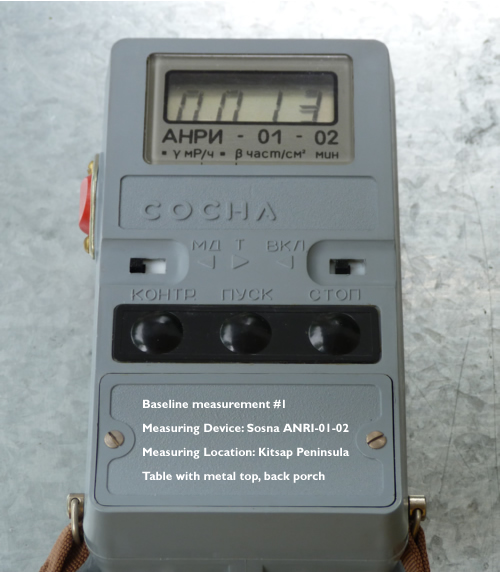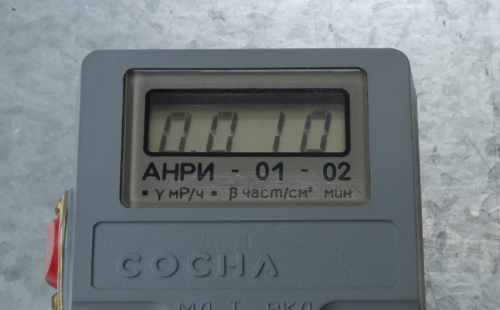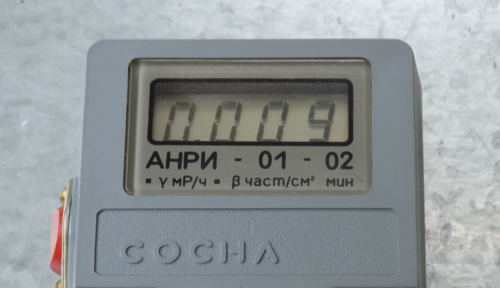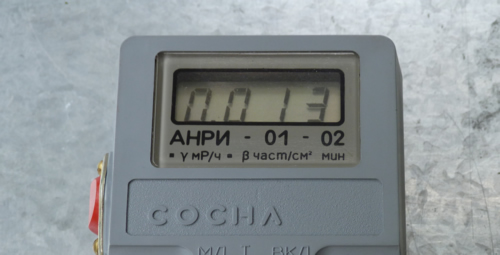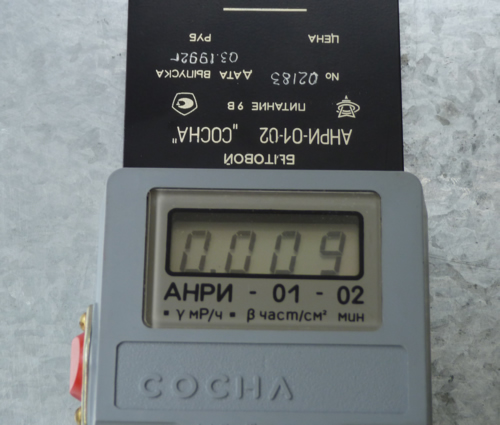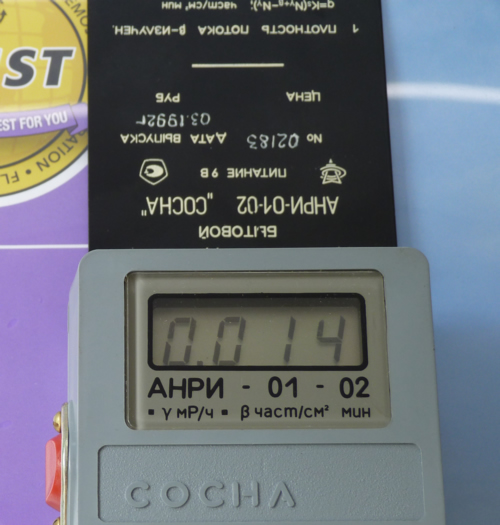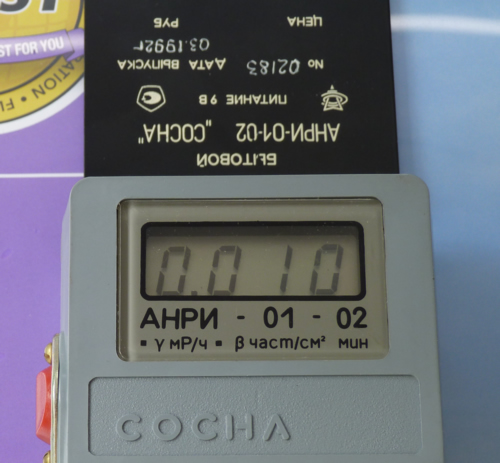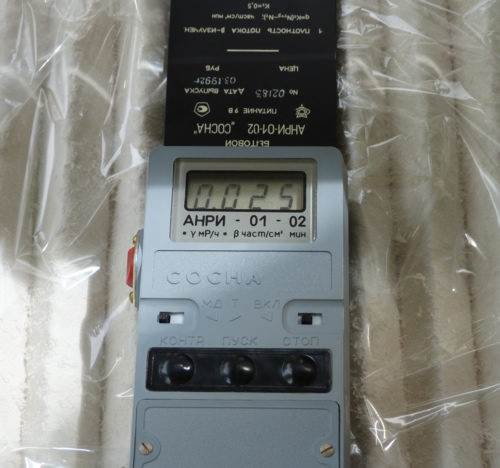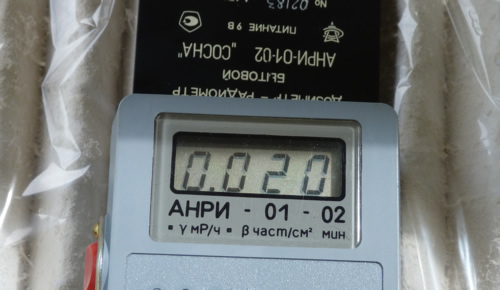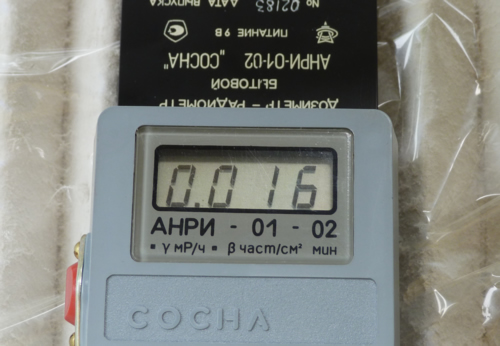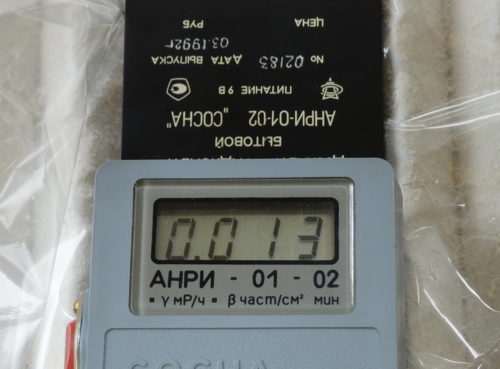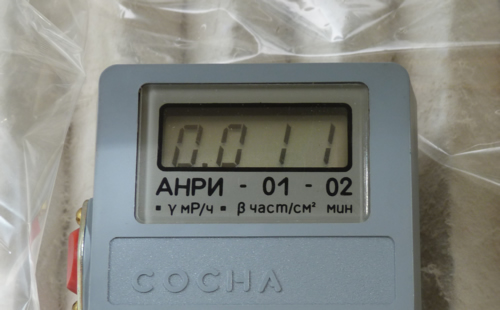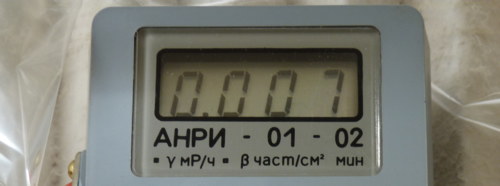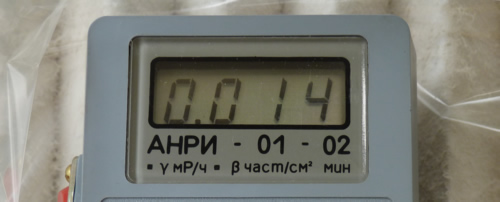Commentary
The average person probably breaths about 10,000 liters of air per day. Obviously, this varies enormously based on the activities of the individual, i.e. sitting versus exertion. It varies according to the size of the individual, age, gender, and breathing habits. So, a rough estimate of 10,000 liters per day is very conservative. The number could actually be double or even triple the average.
However, based on examination of filters in homes and automobiles as well as more sophisticated air testing devices, it has been variously estimated that people in the Seattle area inhaled 5-20 hot particles per day due to the nuclear disaster in Fukushima.
Variables
The subject house is on the Kitsap Peninsula across Puget Sound from Seattle. One should expect variations in readings due not only to wind and weather but also location, use of doors and windows, traffic in and out of the house, and more subtle factors such as building materials. It would be logical if carpeted rooms have a higher concentration of particulates than rooms with easier to clean surfaces such as room and tile. The house in question has no carpeting. In addition, it has a powerful filtration system and sealed crawl space, measures deemed necessary after a rendezvous with mold.
Since hot particles would normally precipitate, it is reasonable to expect that more people going in and out as well as wearing shoes in the house would increase the presence of particulates.
test of the geiger counter using radioactive beads || Rock Dust Measurements |
![]()
